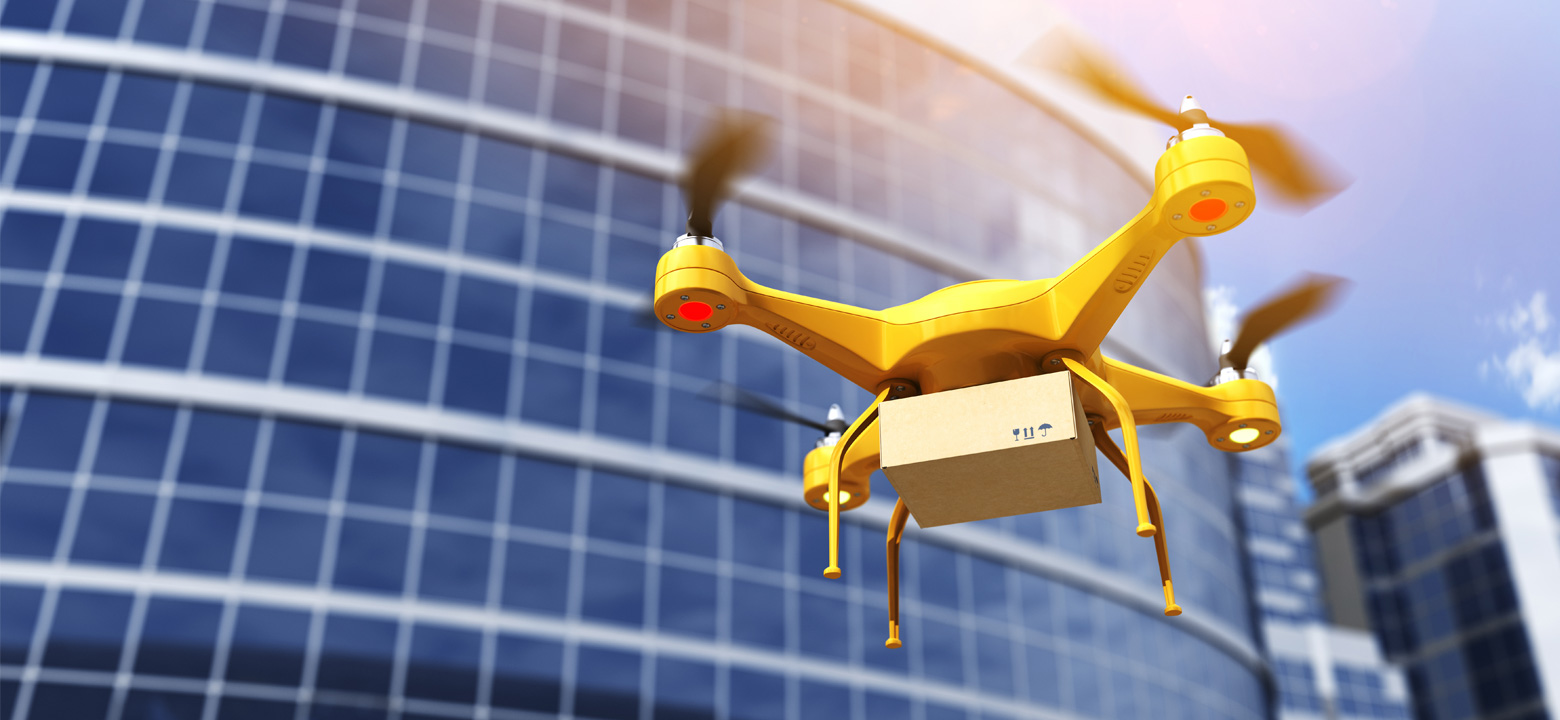
In the modern landscape of rapid technological advancement, the skies are no longer the exclusive domain of birds and airplanes. Drones, those nimble and unmanned flying vehicles, have captured our collective imagination and are reshaping industries in ways previously deemed unimaginable. Among their myriad applications, drone deliveries stand out as a testament to human ingenuity and the boundless potential of innovation. As the world continues to embrace this airborne revolution, the future of drone deliveries promises to rewrite the rules of logistics, commerce, and convenience.
While the notion of drones delivering packages was once relegated to science fiction, it has rapidly transitioned into reality. Tech giants, retailers, and startups are seizing the opportunity to redefine how goods are transported from point A to point B. Companies like Amazon, UPS, and DHL have invested heavily in drone delivery research and development, aiming to create a seamless and efficient last-mile solution.
The present landscape of drone deliveries showcases a myriad of applications. Medical supplies can be transported swiftly to remote locations, bridging critical gaps in healthcare access. Retailers can expedite deliveries, providing customers with near-instant gratification. Even food delivery services are exploring the potential of drones, promising to revolutionize the restaurant-to-doorstep experience.
As with any technological leap, drone deliveries are not without their challenges. One of the foremost hurdles is navigating the complex web of regulations. Government agencies around the world are grappling with the need to balance innovation with safety and security concerns. Airspace restrictions, privacy considerations, and noise pollution are just a few of the factors that regulators must address to facilitate the smooth integration of drones into daily life.
On the technological front, drones must overcome limitations related to battery life, payload capacity, and navigation precision. Improvements in battery technology are extending flight times, allowing drones to cover longer distances without requiring frequent recharges. Advanced sensors and AI-powered navigation systems enable drones to avoid obstacles, adhere to flight paths, and ensure safe operations in urban environments.
While the current focus of drone deliveries centers on consumer goods, the future holds even more ambitious possibilities. Urban air mobility (UAM) envisions a world where flying vehicles, including drones, taxis, and passenger drones, become an integral part of urban transportation networks. This concept, often associated with the term “flying cars,” transcends personal convenience to address urban congestion, reduce travel time, and minimize the carbon footprint of traditional transportation methods.
As UAM gains traction, the synergy between drone deliveries and passenger drones becomes apparent. Imagine a future where packages and people are seamlessly transported through the skies, bypassing ground-level traffic and unlocking new levels of efficiency. Companies like Uber, Airbus, and Volocopter are actively exploring this concept, conducting test flights and partnering with regulatory bodies to shape the future of urban mobility.
Beyond convenience and efficiency, drone deliveries hold promise for environmental sustainability. Electric-powered drones produce fewer emissions than traditional delivery vehicles, contributing to cleaner air and reduced carbon footprint. In urban environments, where traffic congestion is a pressing concern, the adoption of drones for deliveries can alleviate traffic congestion and lower pollution levels.
Moreover, the potential for reduced packaging materials and optimized delivery routes can further contribute to sustainability. Drones have the capacity to deliver goods directly to consumers, minimizing the need for excessive packaging and eliminating the need for intermediary distribution centers. This streamlined approach aligns with the growing global emphasis on eco-friendly practices and responsible consumption.
The future of drone deliveries hinges on collaboration between industry stakeholders, government bodies, and technology pioneers. While significant progress has been made, the full realization of this potential requires a concerted effort to address regulatory hurdles, technological limitations, and societal concerns. The development of an integrated airspace management system is crucial to ensure safe and efficient coexistence between drones and traditional aircraft.
Innovations such as delivery hubs, where drones can recharge and restock, are likely to emerge as critical components of the drone delivery ecosystem. These hubs could serve as central nodes for managing fleets of drones, optimizing routes, and ensuring a seamless transition between air and ground operations.
The future of drone deliveries paints a vivid picture of an interconnected world where packages, supplies, and people traverse the skies with unprecedented speed and efficiency. The challenges that lie ahead, from regulations to technology, are not insurmountable barriers but opportunities for innovation and collaboration. As the concept of urban air mobility gains momentum, the lines between science fiction and reality continue to blur.
The promise of reduced traffic congestion, faster deliveries, and environmental sustainability underscores the transformative impact that drones can have on our lives. As drones redefine how goods are transported, they are also redefining our expectations of convenience, accessibility, and the seamless integration of technology into our daily routines.
From transforming supply chains to enabling rapid medical interventions in remote areas, the drones of tomorrow have the potential to rewrite the rules of countless industries. As we look to the skies and witness the ascent of these technological marvels, we are witnessing not just the future of drone deliveries, but the dawn of a new era in human innovation—a sky full of potential waiting to be explored.